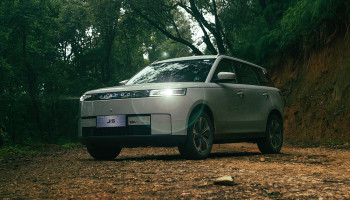Being noticeable in a segment as crowded as the compact crossover segment is not easy. The fact that most of the offerings in the market are similar to each other makes it difficult for a product to stand out. Each new car is as good as the next, with very few significant differences. That means creating a noteworthy splash in this pond of compact SUVs is difficult. However, being noticeable isn’t guaranteed success. There is a reason why things like the Cyclomer never caught on (Go ahead, Google it).
Doing things right, on the other hand, has proven to yield positive results. This is something that Hyundai has managed to do time and again. The Hyundai Venue was one such product from the Hyundai arsenal that enjoyed decent success in the market. Now, it’s back in its facelifted avatar. Does it hit the nail on the head, yet again? We find out.
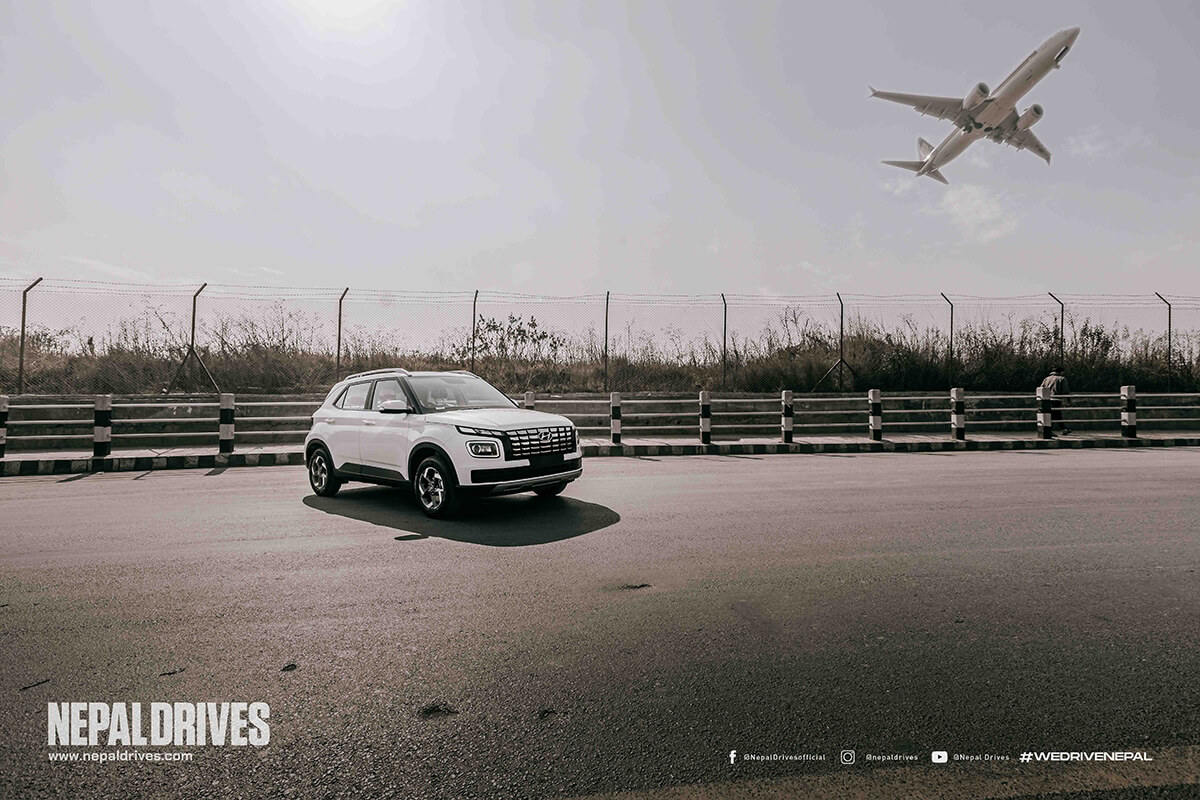
EXTERIOR
Out goes the old grille and in comes, Hyundai’s parametric-themed metallic finished grille with dark accents. This brings a significant change to the front fascia of the new Venue. It’s also an all-LED affair now, with automatic LED projector headlamps and cornering lamps.
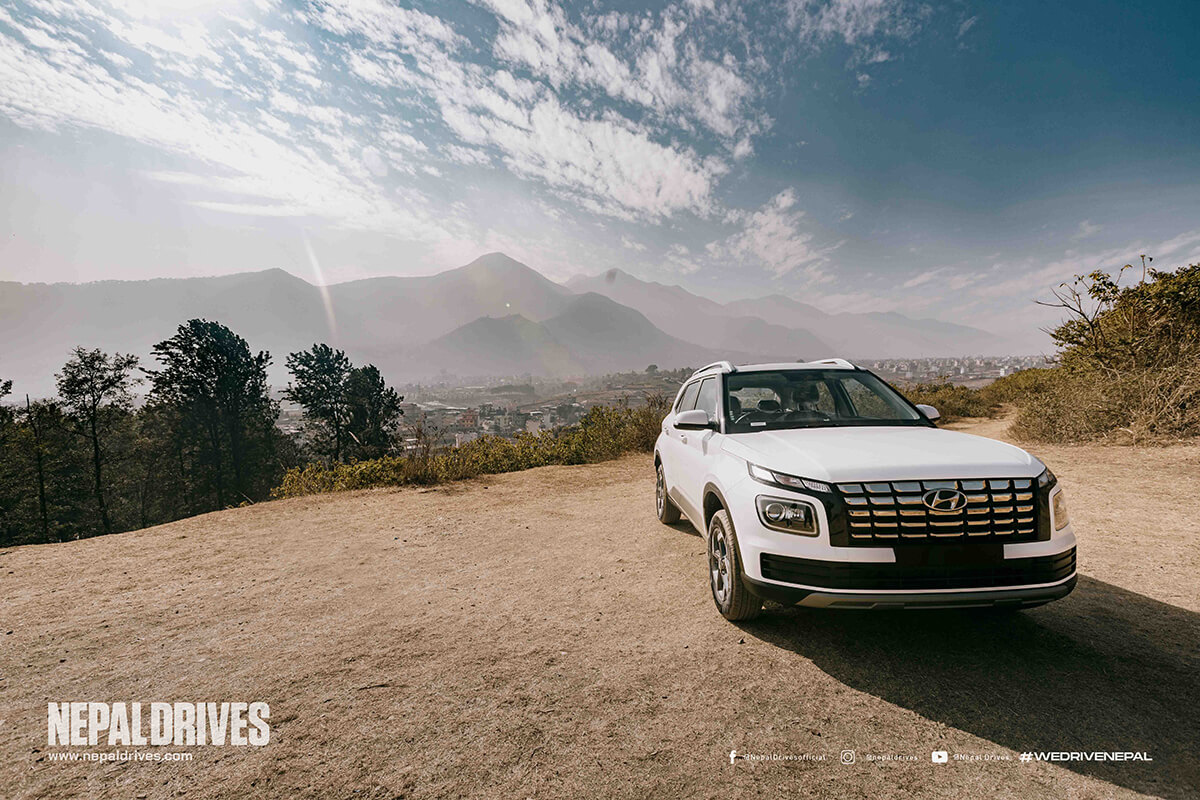
The bumper also gets a new design that’s a little angular and gets an end-to-end panel which gives it a wider look. The silhouette remains largely the same. The only thing that has changed is a slight increase in height from 1605mm to 1617mm. Oh, and the beautifully designed steel rims.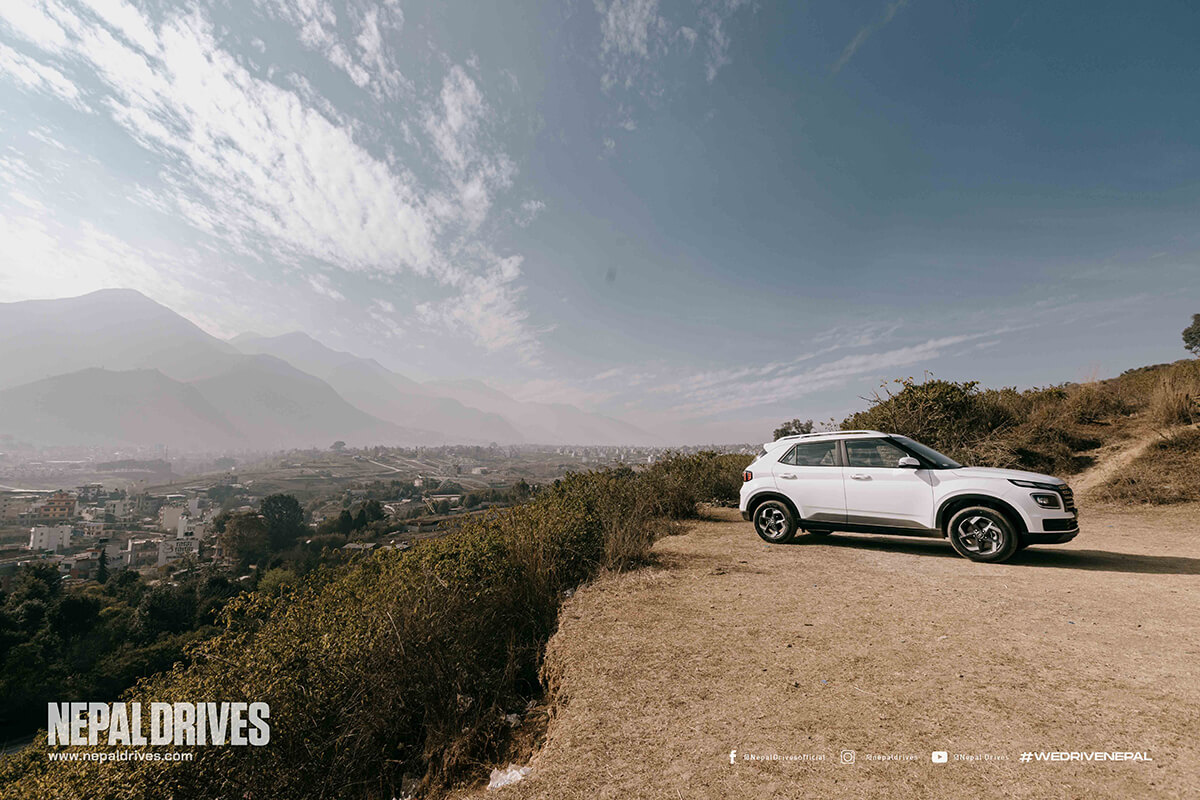
On the back, you get a boxy, overall design. You get LED lamps that run right across the tailgate, once again, accentuating the width of the vehicle along with a redesigned bumper. The taillights have gone from a boxy, rectangular design, to a smarter, staggered design.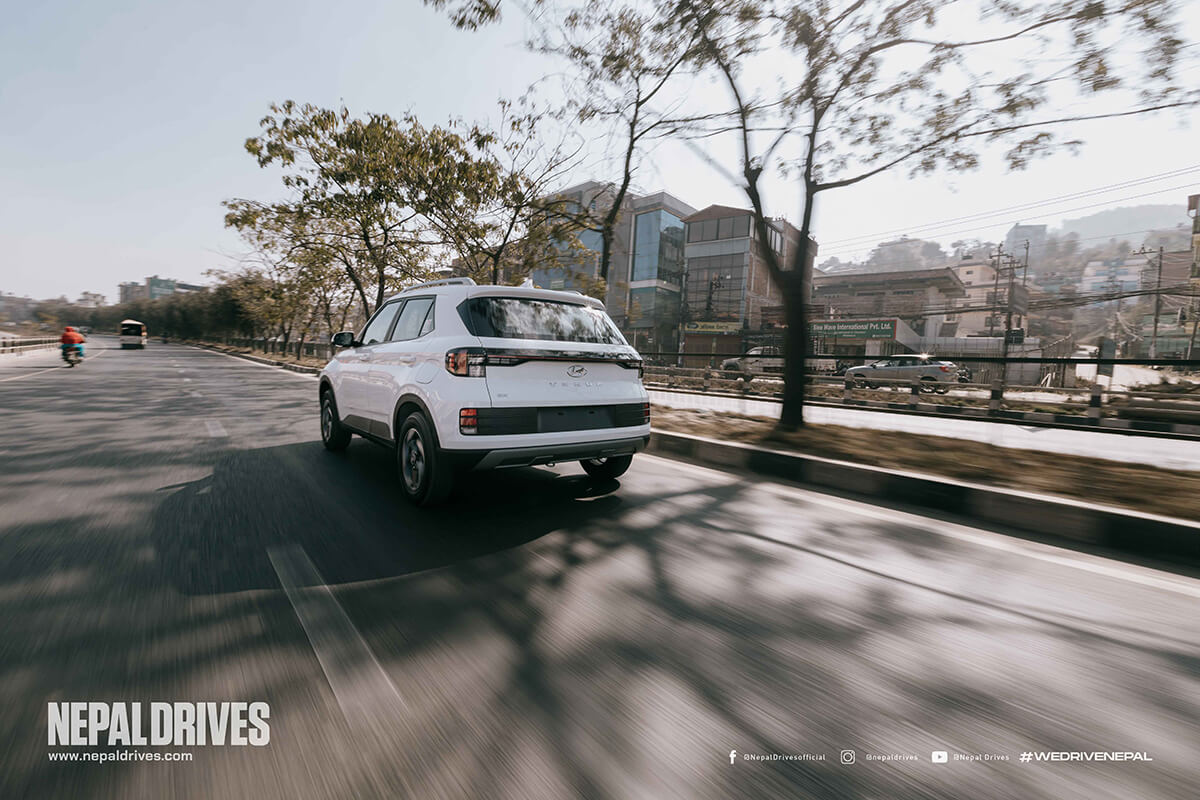
The Venue has always been a handsome fellow, and the facelift continues to be pleasing to the eyes. Moreover, it looks younger and sportier than the previous generation.
INTERIOR
The interiors are more familiar. It now gets a new dual-tone scheme with dark grey on the top and “greige” (a term coined by Hyundai) on the bottom. We think it looks pretty close to beige in colour, which means it will be susceptible to marks and smudges.
The flat bottom steering wheel is a new addition as well, and so is the instrument cluster. The instrument cluster is fully digital which makes it very easy to read, and it gets a Tyre Pressure Monitoring System. It also displays other useful information like range, current mileage, the drive mode you are in and more. The DCT variant also gets paddle shifters which look great and are easy to operate.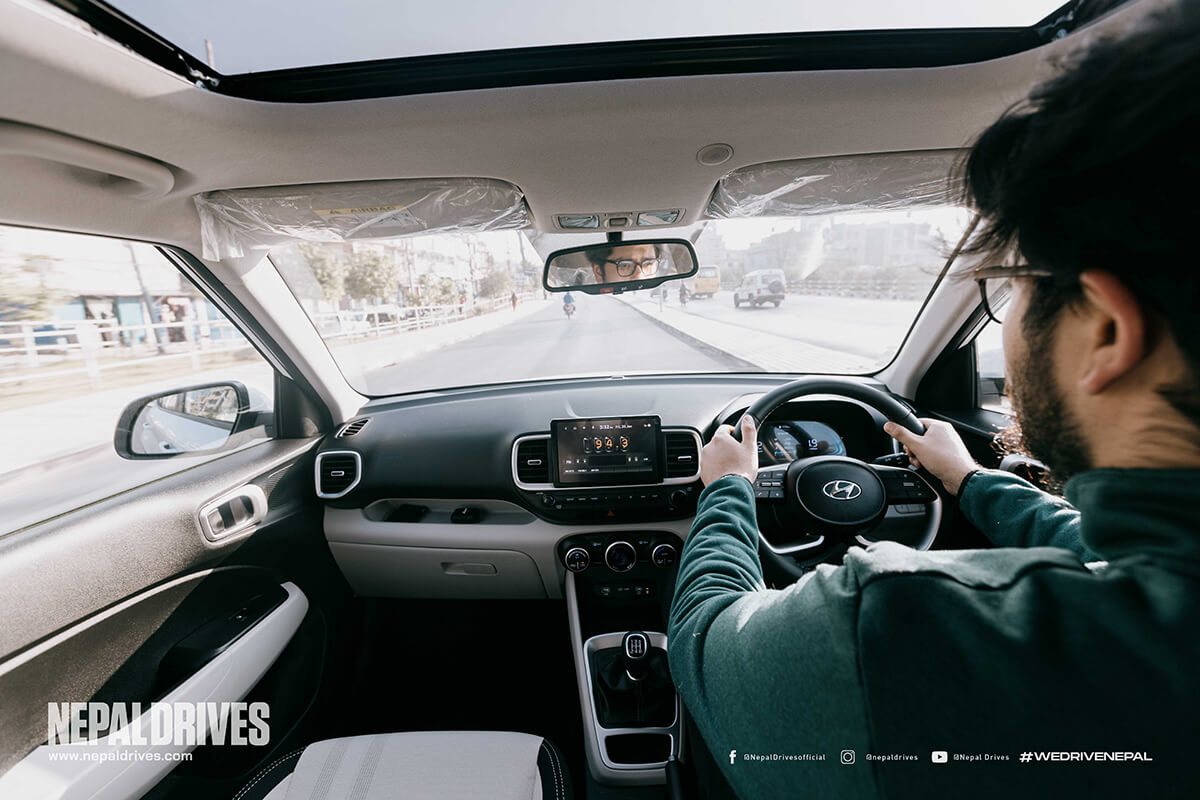
On the centre of the dash is an 8-inch touchscreen HD infotainment system. Through this, you can control the climate, media, and it works as the reversing camera display with adaptive guidelines, the quality of which is decent. You also get wireless android auto and apple car play which is very useful. Lower on the center fascia you also get wireless charging for your phone along with USB C and USB A charging ports.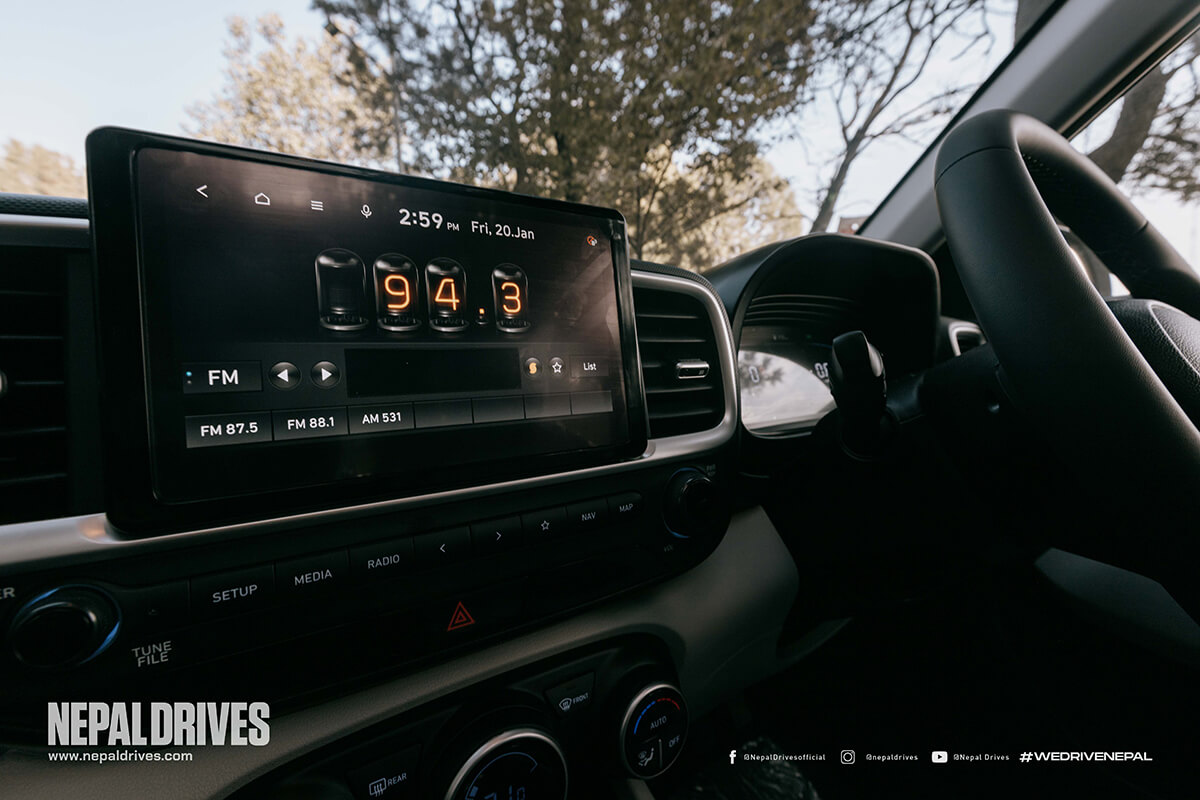
A premium addition to the package is a smart electric sunroof that helps flood the cabin with light, making it feel open and airy. Having the winter sun shine through the sunroof pane while driving is very relaxing.
The seats themselves are pretty comfortable with good back and thigh support. You get a decent vantage point for driving as well. The SX(O) version gets power adjustable seats for the driver which is a segment first. Passengers in the rear seats get good headroom and knee-room. This is especially thanks to the redesigned front seats which have scooped-out backs so that you have more room for your knees.
You can seat 3 people in the back, but it will be a squeeze. Another neat feature is a two-step reclining feature for the rear seats. Reaching the lever to activate this function, which is situated next to the headrest, is slightly awkward though. In terms of creature comforts, you have rear ac vents for passengers in the backseat, and you get a USB C-type charger for your phone or tablet. You also get a rear centre armrest with cup holders.
You get 350 Litres of boot space, which isn’t a whole lot. But you can fit a couple of suitcases for the family on a short trip.
PERFORMANCE
You get two engine options to choose from, a 1.2 Petrol which comes in manual, and a 1.0L Turbo Petrol unit. We had the opportunity to drive both variants (photos included are of 1.2 Petrol Manual), and here is our take.
The 1.0 Petrol Turbo is more fun to drive. It produces a maximum power of 120BHP and a maximum torque of 172NM. You can choose how much power you want out of it by choosing the driving modes. ECO mode saves you fuel but is docile. NORMAL Mode is exactly as advertised, normal. SPORTS mode dials things up and works perfectly for when you need that extra power to make overtaking manoeuvres on the highways. This engine is mated to a 7 Speed DCT. The DCT isn’t new but it is second gen which made the shifts quicker, response time better, and more efficient. The paddle shifters made things a lot more fun too.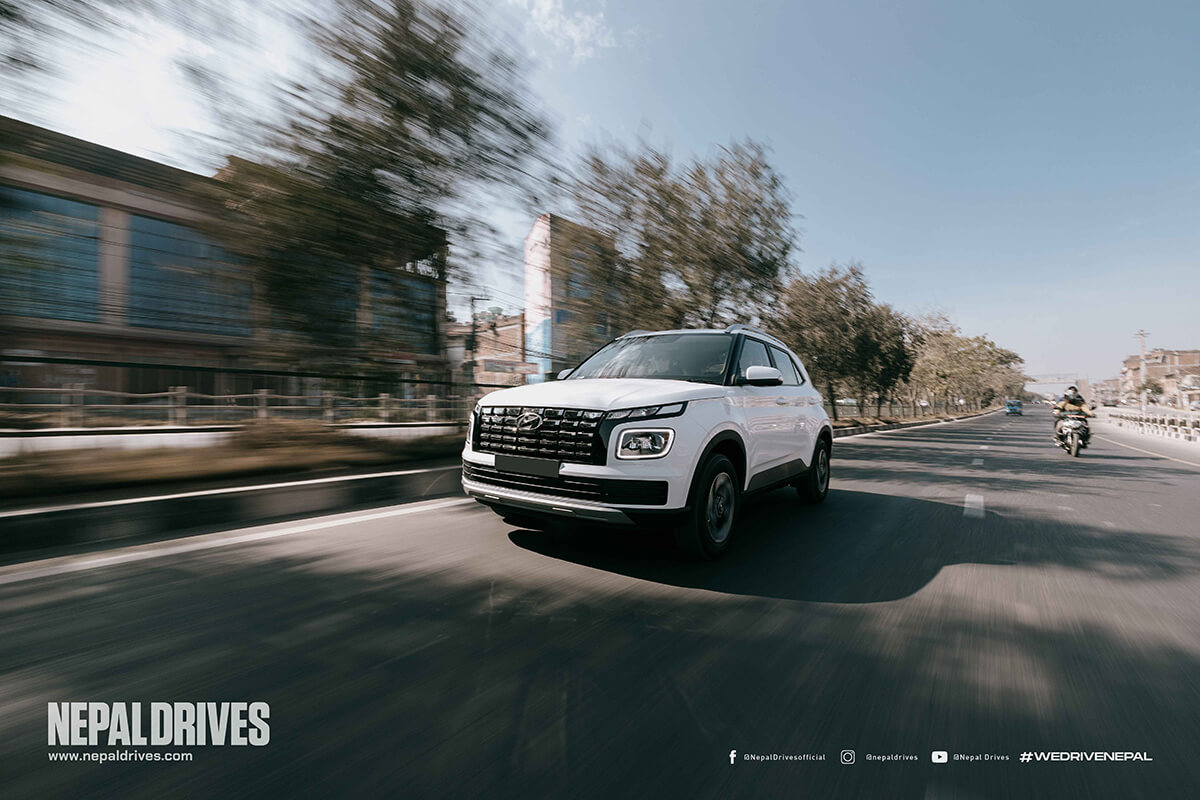
We were left wanting a little more from the naturally aspirated 1.2L petrol engine though. With a maximum power of 83BHP and maximum torque of 113.8NM, it felt slightly reluctant to stretch its legs. You have to really make the most out of each gear and will also have to resort to frequent downshifts to make fast overtakes. It isn’t all bad though. It is more than enough to get you around the city and even past the outskirts from time to time. However, it definitely lacked the oomph that driving enthusiasts look for.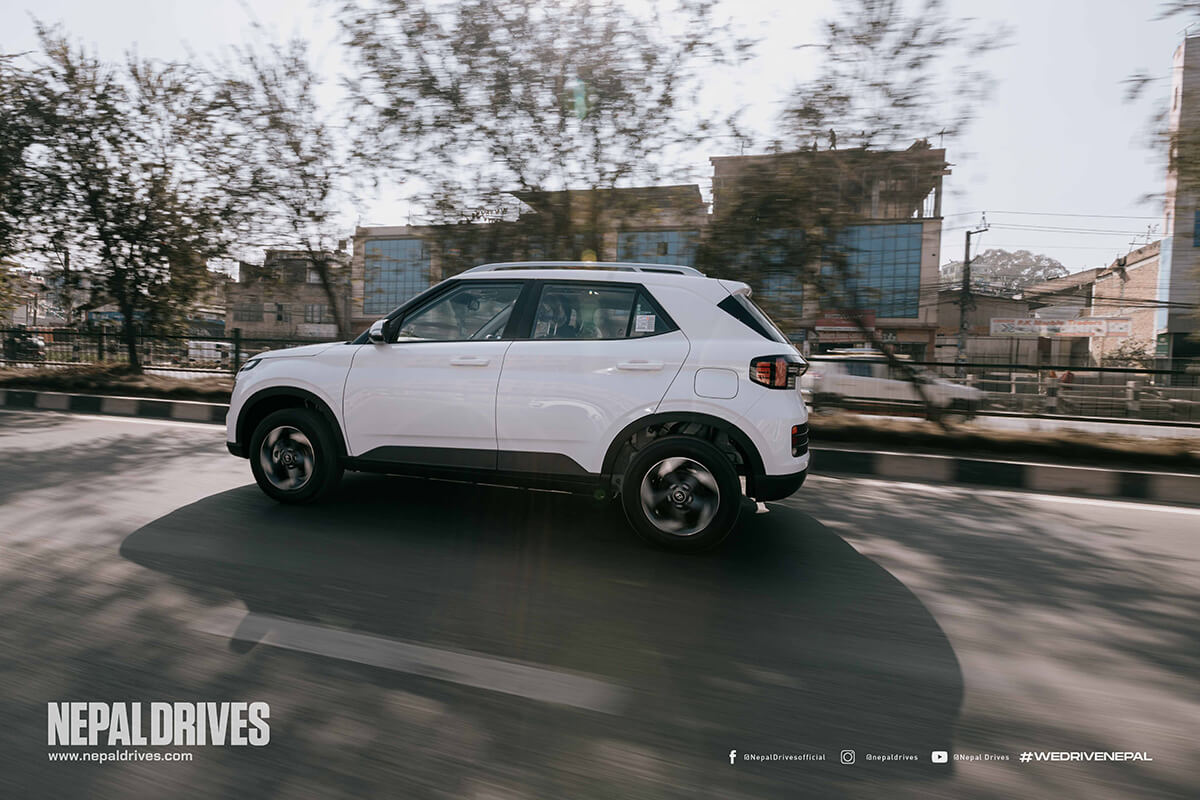
Given the choice, the 1.0 Turbo would be it for us. Ride and handling, in very Hyundai fashion, is pretty much faultless. A quip we’ve always had with most Hyundais is that the steering wheel is a little too light… too flimsy. The steering on this unit though has been slightly tweaked to provide better feedback which we loved. Bumps and potholes do manage to make their presence felt, but it’s not too big of an issue. On open roads, the ride quality feels solid. You will get a bit of body roll if you do begin to push it though.
When it comes to safety, this Hyundai Venue comes with ABS with EBD, Dual Airbags, Electronic Stability Control, Brake Assist System, Hill Assist Control and Reversing Camera with guidelines.
VERDICT
Visually, the Hyundai Venue is sportier and younger, and minor calibrations to the performance have improved the driving capabilities. It rivals its competitors in terms of features and creature comforts, and it is a car that you could happily live with.
The price starts at Rs.40,96,000 all the way up to Rs. 55,96,000. Its closest rivals the Kia Sonet and Tata Nexon max out at Rs. 52 Lakh and Rs. 55 Lakh respectively. As the newest of the lot, the Venue does have somewhat of an advantage. And, it is an improvement on an already good product, which adds to the appeal.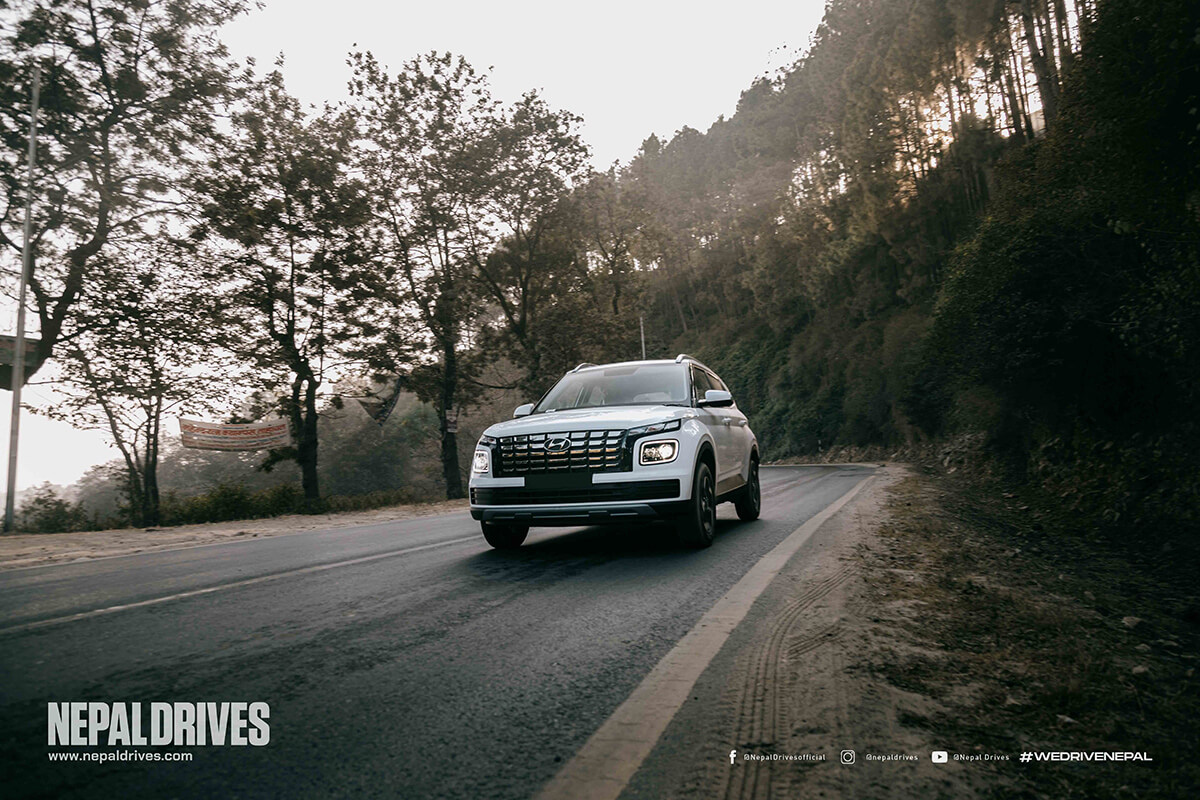
Overall, this is a car that fits the description of a family SUV. It’s fun to drive, spacious and feels moderately premium. While it may not wear a pink bow to make itself stand out, it definitely gets noticed for getting the basics spot on and doing things right.
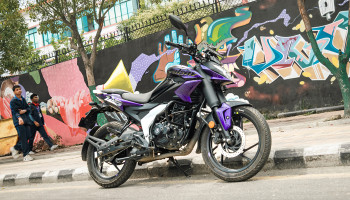
Bajaj Pulsar N125 Review: Can It Stand Out Among 125cc Rivals?
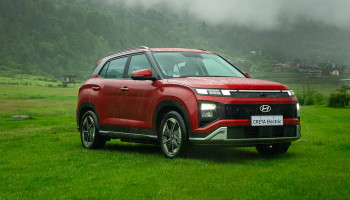
Jiri: Revisiting the Forgotten Town In the Hyundai Creta EV
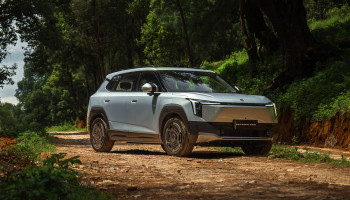
Nammi Vigo: A Budget-Friendly Contender with Big Ambitions
